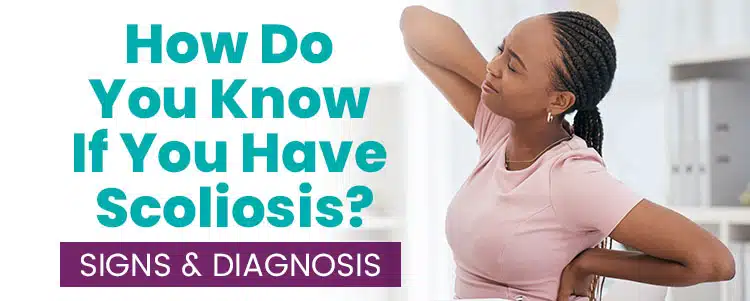

How Do You Know If You Have Scoliosis? Signs & Diagnosis
It can be challenging to recognize scoliosis in its early stages. As scoliosis becomes more severe, its symptoms become more noticeable for patients.
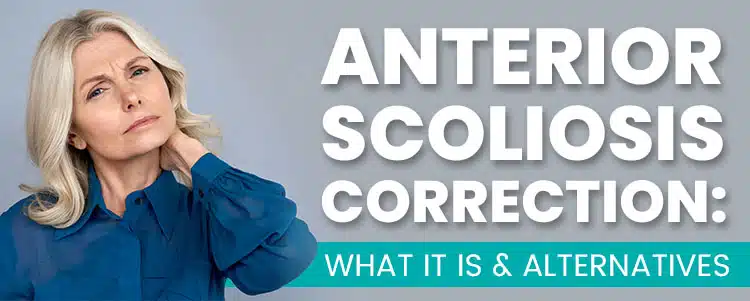

Anterior Scoliosis Correction: What It Is & Alternatives
Traditional spinal fusion is often a very invasive procedure. However, there are less invasive options that can help, such as anterior scoliosis correction.
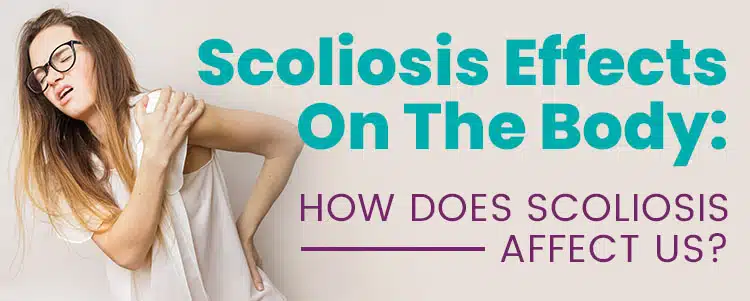

Scoliosis Effects On The Body: How Does Scoliosis Affect Us?
Scoliosis impacts the body differently depending on the curve's size, where it is located on the spine, and the type of scoliosis the patient has.


Scoliosis During Puberty: What Parents Should Watch Out For
During adolescent stages, growth and development are the highest risks for scoliosis in teenagers.
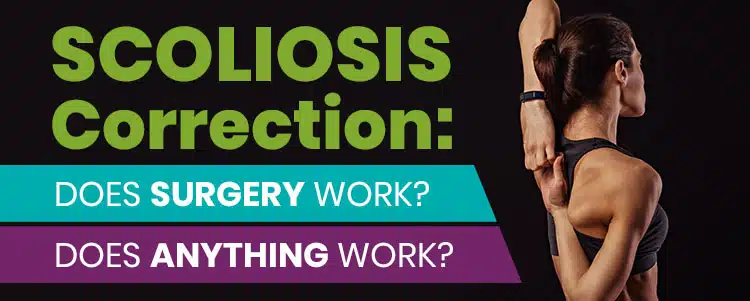

Scoliosis Correction: Does Surgery Work? Does Anything Work?
Scoliosis is a structural problem with various unknown causes. There are many treatment approaches.
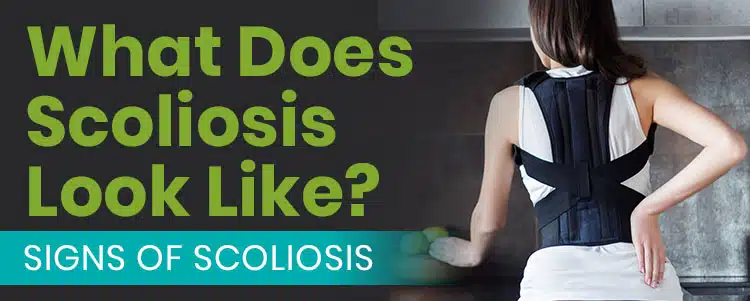

What Does Scoliosis Look Like?
Scoliosis might not be physically noticeable at first. This depends on the curve's size and the patient's age; as it progresses, the symptoms become visible.
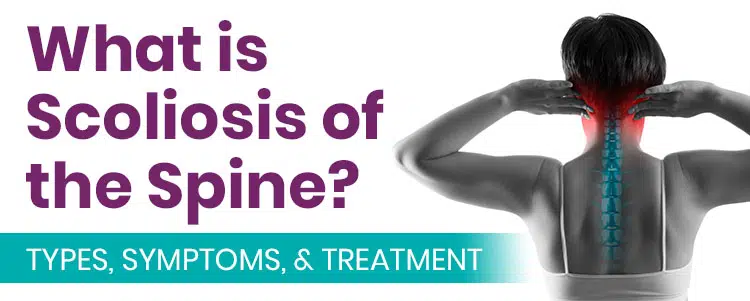

What is Scoliosis of the Spine? Types, Symptoms, & Treatment
When the spine has an unnatural sideways curvature with rotation, it is what we call scoliosis.
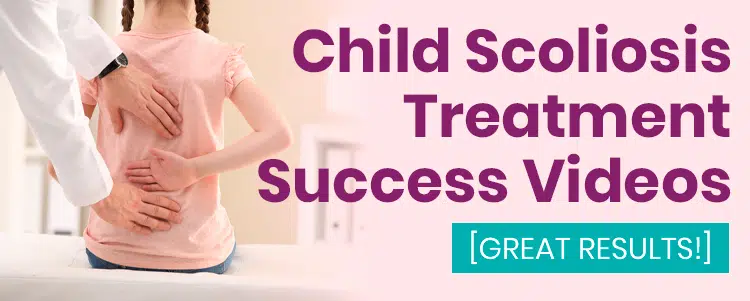

Child Scoliosis Treatment Success Videos [GREAT RESULTS!]
Scoliosis is progressive, and the best time for treatment is as soon as it is diagnosed.
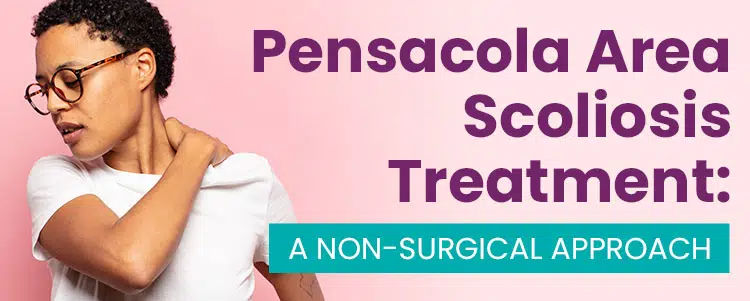

Pensacola Area Scoliosis Treatment: A Non-Surgical Approach
For residents of Pensacola, the best scoliosis care is available in Celebration, Orlando, at Dr.
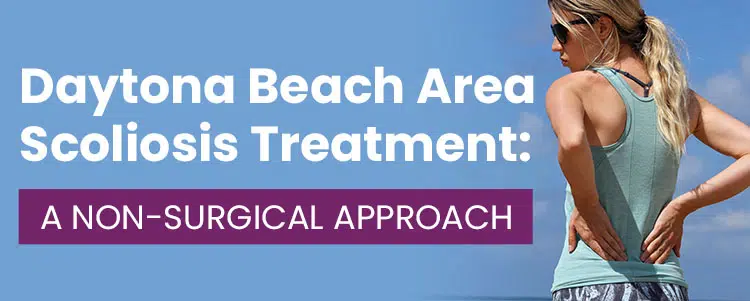

Daytona Beach Area Scoliosis Treatment [Non-Surgical]
Scoliosis patients in the Daytona Beach area can now receive the best non-surgical scoliosis treatment available, just a 1.
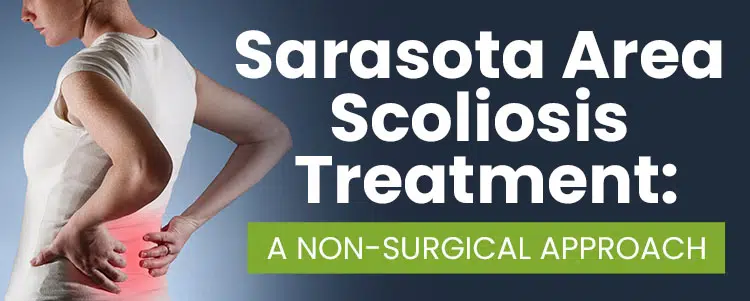

Sarasota Area Scoliosis Treatment: A Non-Surgical Approach
Scoliosis treatment is available to residents of Sarasota, only a 2-hour drive to reach Dr.
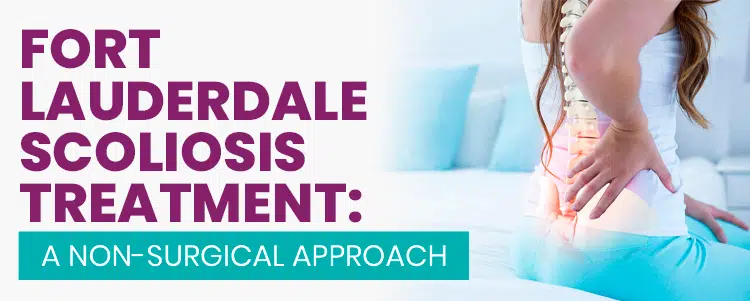

Fort Lauderdale Scoliosis Treatment: A Non-Surgical Approach
Reaching world-class scoliosis care has never been easier for residents of Fort Lauderdale.
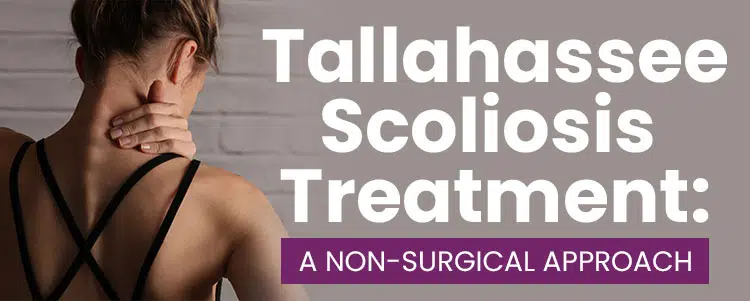

Tallahassee Scoliosis Treatment: A Non-Surgical Approach
Accessing adequate scoliosis treatment is necessary, especially non-surgical treatment, and Dr.
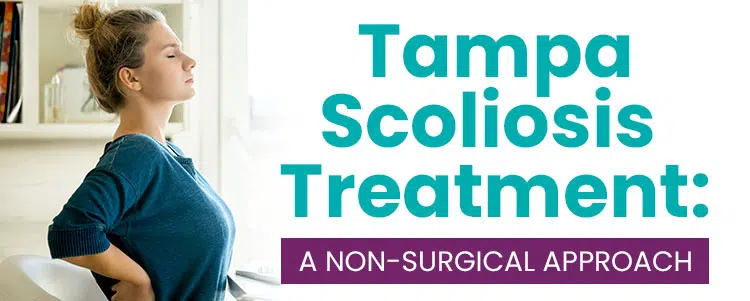

Tampa Scoliosis Treatment: A Non-Surgical Approach
For residents of Tampa, FL, seeking scoliosis treatment with additional benefits and options, the Scoliosis Reduction Center® is just a drive away in Orlando.
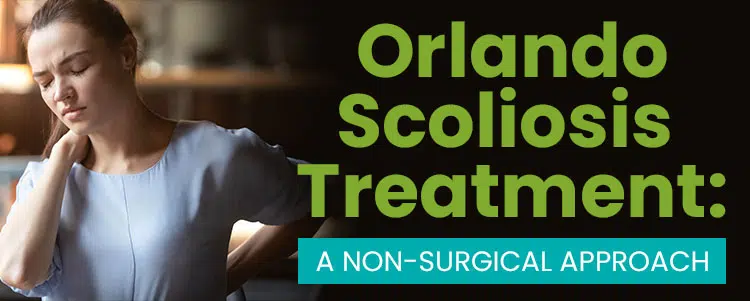

Orlando Scoliosis Treatment: A Non-Surgical Approach
The Scoliosis Reduction Center® in Orlando is the leading non-surgical scoliosis treatment center, so now you can receive non-invasive treatment close to home.
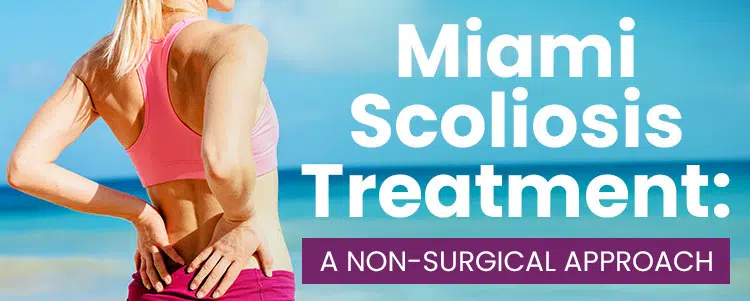

Miami Scoliosis Treatment: A Non-Surgical Approach
The Scoliosis Reduction Center® in Miami is the leading non-surgical scoliosis treatment center, so now you can receive non-invasive treatment close to home.
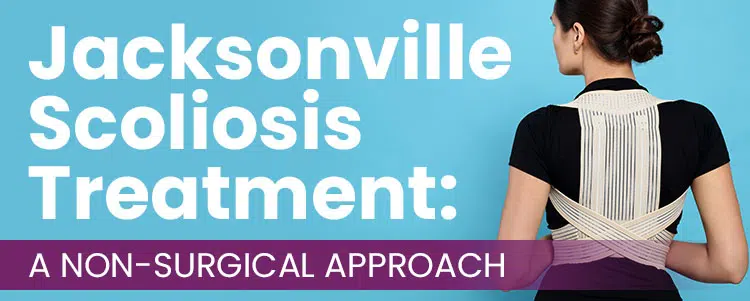

Jacksonville Scoliosis Treatment: A Non-Surgical Approach
Accessing non-surgical treatment for scoliosis in Jacksonville has never been easier with the help of Dr.
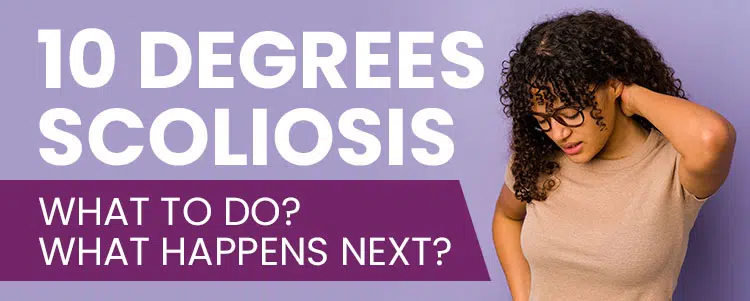

10 Degrees Scoliosis – What To Do? What Happens Next?
The minimum degree for scoliosis to be diagnosed is 10 degrees. This is considered mild, and patients have many non-surgical treatment options available.


20 Degrees Scoliosis – What To Do? What Happens Next?
A 20-degree curve is considered mild scoliosis. Different steps can be taken to manage the curve and prevent its progression depending on the degree of scoliosis.